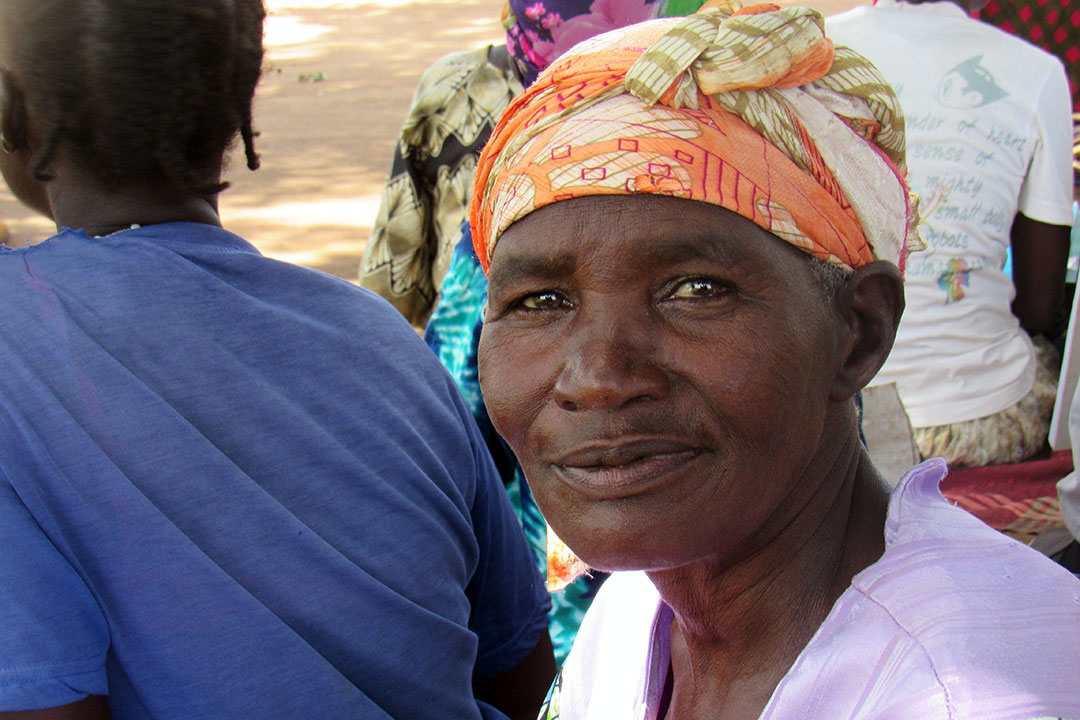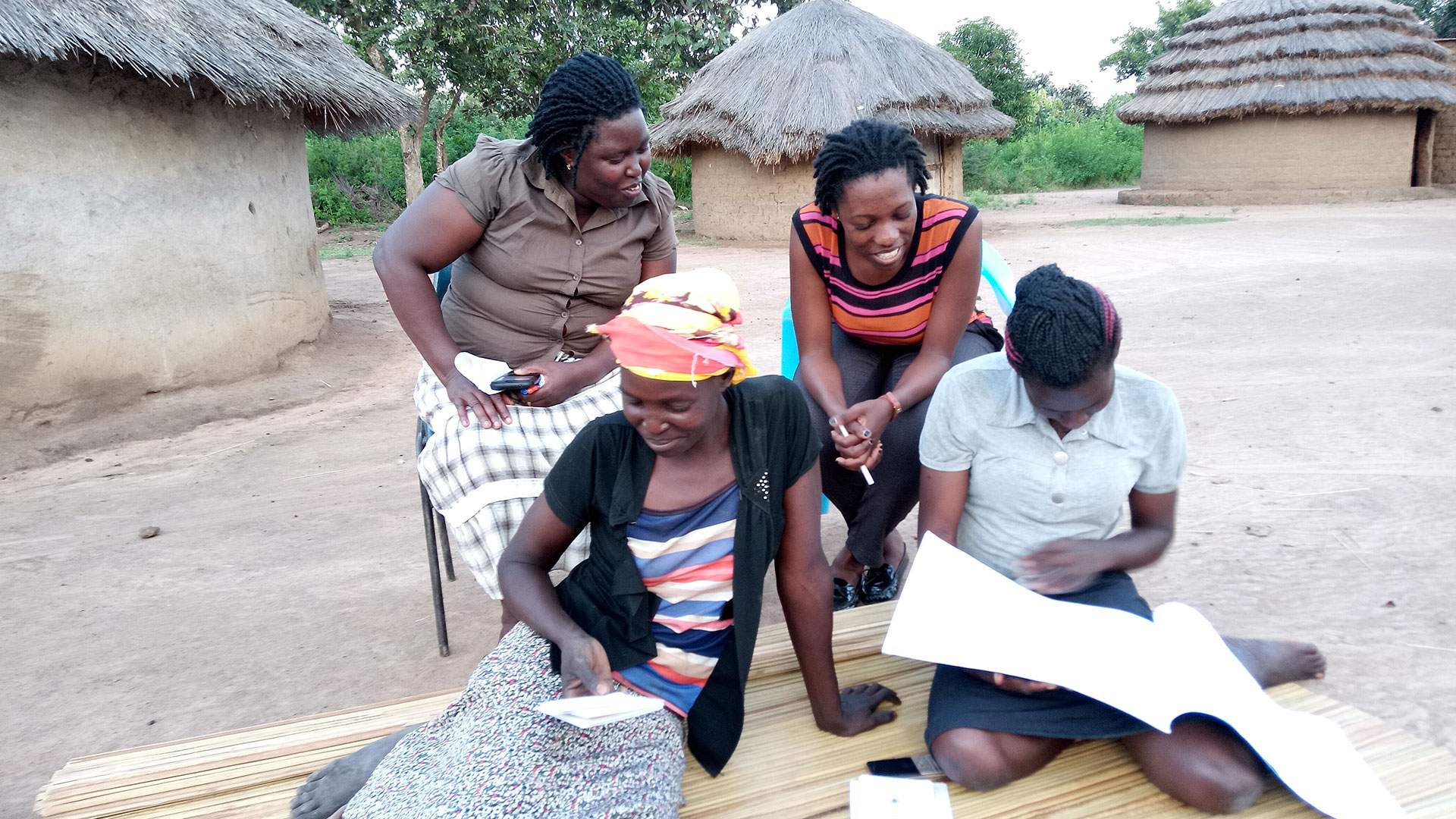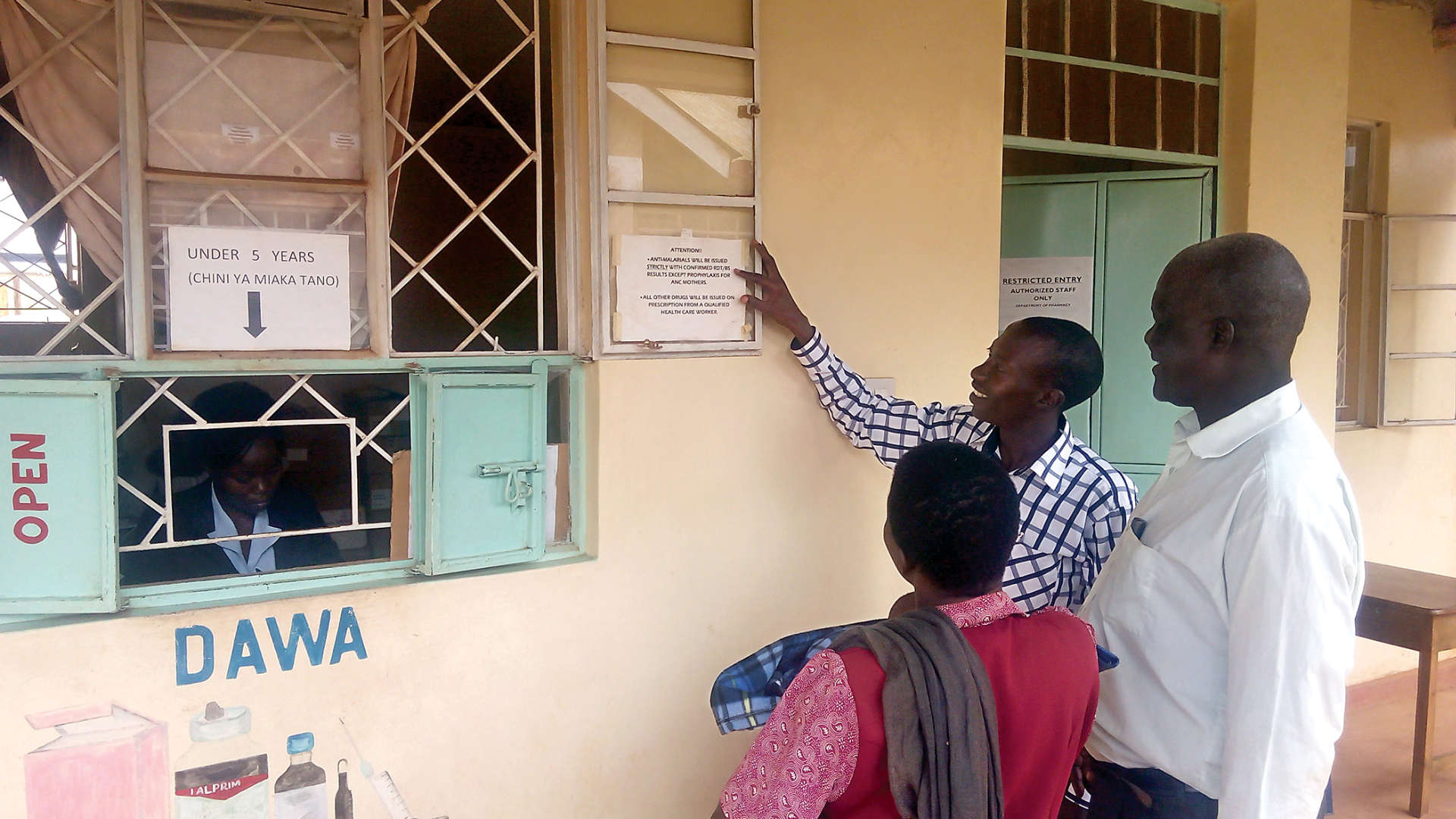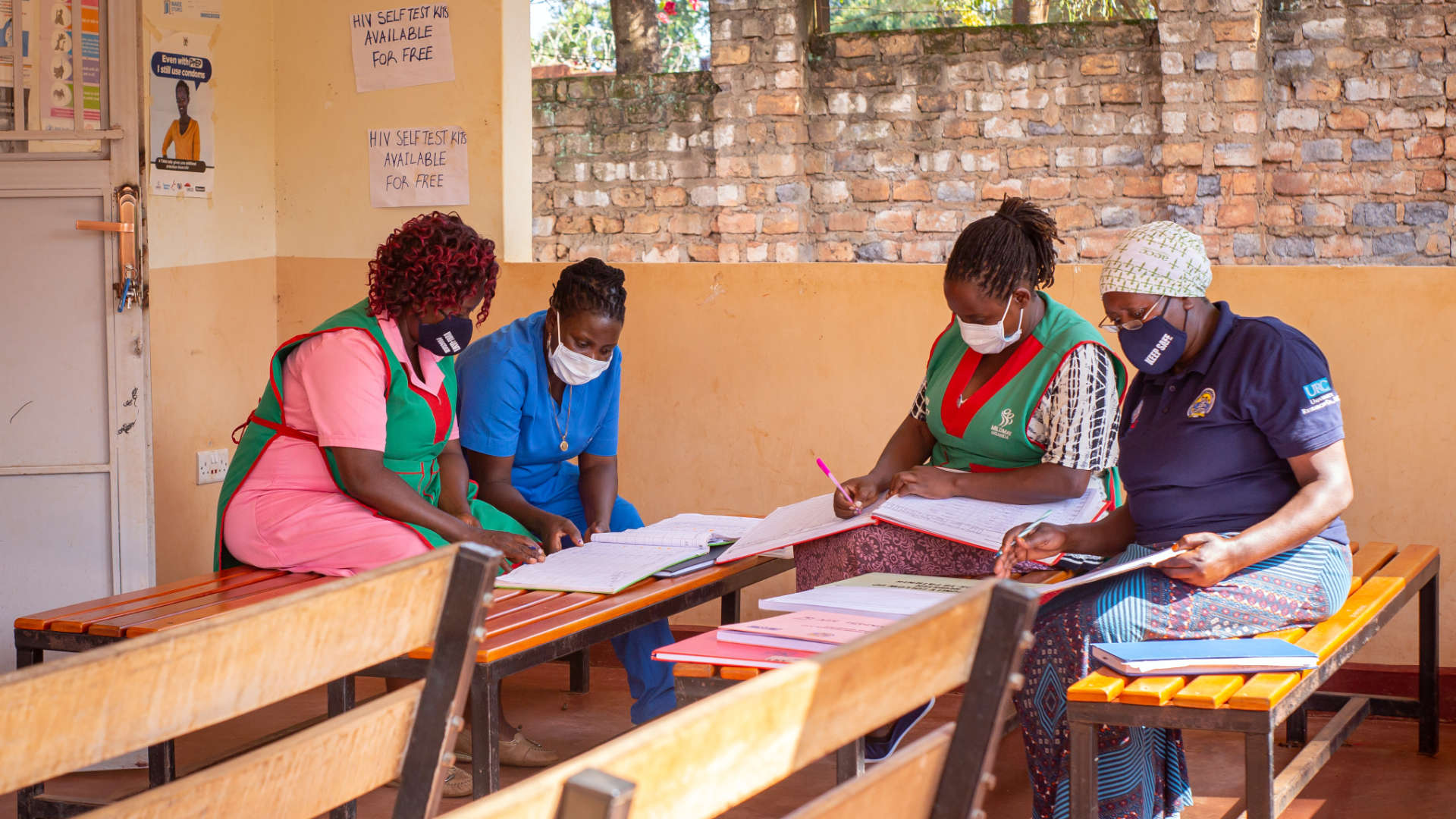For Ms. Sodonia Ayika, managing her HIV required an entire day and a 30 kilometer walk to her nearest health center. She would get up at 6 a.m., walk 15 kilometers from her home to the Patongo Health Center IV, and arrive at the clinic by 10 a.m. The trek to the health center was necessary because Ms. Ayika receives her monthly antiretroviral (ARV) medication to manage her HIV there. After her consultation at the clinic, she departed mid-afternoon, arriving home by 8 p.m.
“I used to wait for hours before seeing a clinician. Sometimes I had food to eat, but when it was famine time, I had nothing if my grandson gave me no pocket money,” Ms. Ayika said.
Long distances and wait time aside, clients often don’t want to line up at the facility because they are apprehensive that people they know will see them and know they are taking ARVs. As a result, the clinical team at the health center found it challenging to convince clients to return for their medications and HIV services.
In late 2018, URC’s USAID Regional Health Integration to Enhance Services (RHITES-N. Acholi) activity and Patongo Health Center jointly reviewed the register for non-suppressing clients followed by mentoring and coaching of clinical staff on how to manage clients whose viral load was high. In February 2019, the project worked together with the Patongo Health Center IV team to implement community drug distribution in different points (CDDP). The facility identified nine villages as CDDP distribution centers and informed clients to meet them there for consultations and medications.
Every three months, a team from the health center – including a clinician, community linkage facilitator, and laboratory technician – conducts CDDP at the specified sites. Clients arrive with their treatment books, the clinical team reviews the book with the client, takes the client’s weight, conducts a nutrition assessment, and tests the client’s viral loads.
Ms. Ayika received information about a CDDP one or two kilometers from her home. Her next visit was there, and she reports “my viral load results are always good because I get everything from here.”
With services now closer to clients, the number of missed appointments per month declined from 52 in October 2018 to 17 by April 2019. Clients now access the sites a few kilometers from home and receive services within four hours.



